By Brittney Whipple
What is a landfill?
The words ‘landfill’ and ‘dump’ are often used interchangeably, but they are actually two very different things! A dump is a place where trash is put illegally, causing many environmental hazards and a huge eye sore. A landfill is a complex system of burying trash that is safe and legal. All of the trash in Blount County is sent to the Alcoa/Maryville/Blount County Landfill.
How the landfill works
Once you throw something away in your home, chances are you don’t think about it again. However, that is just the beginning of the journey. After the garbage truck picks up the trash from your curb or parking lot, it is taken to the landfill. When entering the landfill, trucks drive over a large scale to be weighed. The truck then drives to the cell that is currently open in the landfill to dump the garbage, and a big tractor drives over the garbage to compact it. The trucks then drive over a scale when exiting to be weighed again. The difference in weight determines the weight of the garbage that was dropped off. It costs $50 a ton to put garbage in the landfill. Each day, 250-300 tons are buried!
When entering the landfill, trucks must first stop at the scale house to be weighed.
A landfill cell is a portion of the land that is used to occupy waste. The cells are made up of layers of dirt and garbage. Once a layer of garbage reaches the height limit (about 10-15 feet), a layer of dirt is placed on top before starting a new layer of garbage. Each night, the exposed layer is covered with thick, heavy plastic to keep everything in place and the animals away.
In addition to the cells reserved for regular, household garbage, there is a cell reserved for demolition waste. This waste includes old furniture and construction materials. Each day, about 100-175 tons of demolition waste is dumped into the landfill.
Demolition waste is kept separate from household waste since it is much cheaper to bury, mainly because no leachate system needs to be installed. Leachate is the liquid that garbage creates that needs to be drained out of the landfill and cleaned. A collection system catches the leachate in the cells holding household garbage. The leachate is sent to a treatment plant to be cleaned before it is sent back into the environment to avoid pollution.
The other thing rotting garbage produces is methane gas- which smells horrible! However, at the Alcoa/Maryville/Blount County Landfill there is a Methane Gas to Energy Collection System that captures the gas and recycles it into energy. Since the landfill has a system of capturing the gas, there is no smell! Methane produced by garbage in the landfill is captured through gas wells, hooked up to a generator to make electricity, and sold to TVA.
Reduce, Reuse, Recycle!
The Alcoa/Maryville/Blount County Landfill has been in operation since 1974 (43 years). It is estimated that there are about 50-60 years left until the 262 acres of land is filled. How can we make sure the landfill lasts as long as possible?
Around 20 years ago, the landfill received 100,000 lbs of garbage a year with a population of 80,000 in Blount County. Currently, the landfill receives 80,000 lbs of garage a year with a larger population of 124,000. Practices of reducing, reusing, and recycling help extend the life of our landfill so it can last as long as possible.
What do we do once a landfill cell is full?
When a cell in the landfill is full, grass is planted on top and it appears as a large hill. Permanent buildings and structures cannot be built on a capped cell because there is no strong foundation; when the trash starts decomposing, the ground will start to sink. Alternative uses for capped landfill cells include sports fields and walking trails. At the Alcoa/Maryville/Blount County Landfill, a full cell is now a small airfield for the Blount County Model Aviators.
A full cell in the landfill has been turned into a small air field for use by the Blount County Model Aviators
Alcoa/Maryville/Blount County Landfill Information
Address: 240 Long Powers Rd., Friendsville
Hours of operation: Monday-Friday 8am-5:30pm
Scalehouse phone number: 865-995-2892
Website: http://www.cityofalcoa-tn.gov/250/Landfill-Services
Services provided by the landfill:
Trash Convenience Center: residents are welcome to drop their garbage off at the landfill rather than use a garbage service. Garbage fees depend on the weight of the trash.
Electronic and appliance recycling: Since electronics and appliances are hazardous and cannot be buried in the landfill, the landfill accepts them for recycling. Contact the landfill for pricing.
Tire recycling: Tires cannot be buried in the landfill, but the landfill also accepts old tires for recycling.
Landfill Tours
Keep Blount Beautiful provides tours of the Alcoa/Maryville/Blount County Landfill to schools and residents free of charge. To schedule a tour, fill out our online form or contact the office at 865-681-4809. Please note that schools and large groups will need their ow



